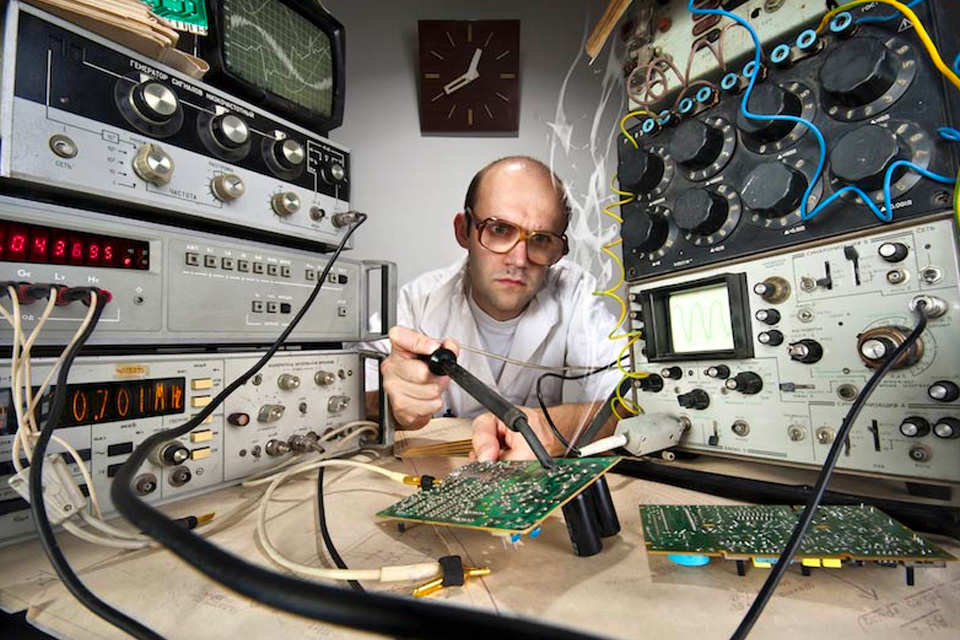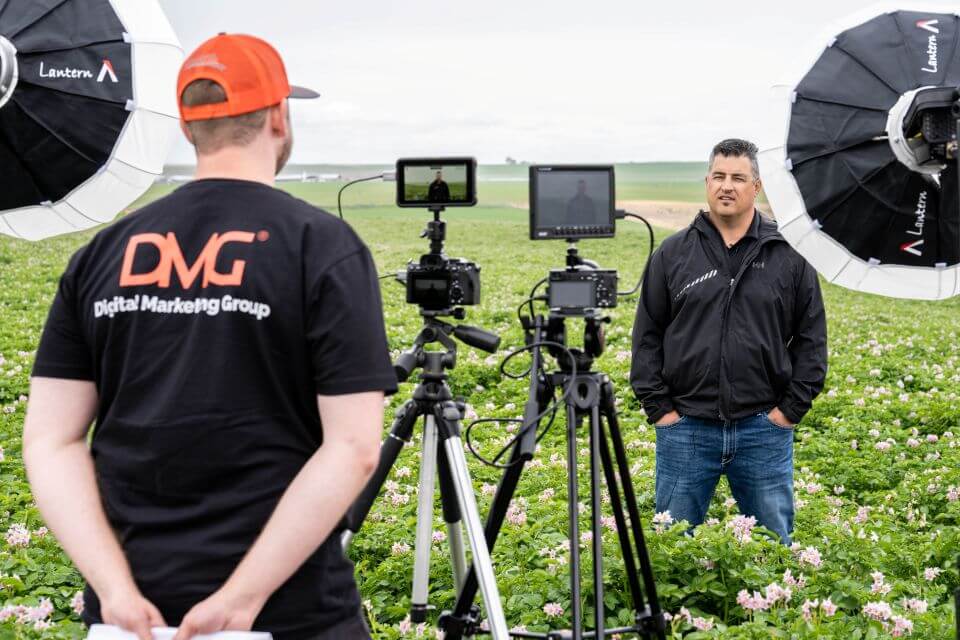The Internet of Things (IoT) is defined as:
A system of interrelated computing devices, mechanical and digital machines, objects, animals or people that are provided with unique identifiers and the ability to transfer data over a network without requiring human-to-human or human-to-computer interaction.
IoT is a relatively new concept, only named in 1999. One of the first examples dates back to Carnegie Melon University, where a group of local programmers connected a Coca Cola machine to the internet, so they could look and see if a cold drink was available before they made the trip down to the machine.
In order to create the Internet of Things, smart devices are necessary. Smart devices are electronic gadgets that connect to other networks and devices using some type of wireless protocol, such as Bluetooth.
If you look around you, you probably have a variety of smart devices nearby. Your smartphone is obvious. So is the digital personal assistant sitting on your table. But have you ever considered buying a smart hairbrush?
With all of these changes in the way we live, it should come as no surprise that online marketing is changing right along with it. If smart devices can automate simple tasks you perform around your home or office each day, why couldn’t it be integrated into your marketing strategy too?
It has.
John Wanamaker, the original American marketing guru stated:
“Half the money I spend on advertising is wasted; the trouble is I don’t know which half.”
Imagine being able to better define your marketing strategy. Imagine being able to predict customer behavior. Imagine being able to get into the minds of your best customers, and give them exactly what they want.
That’s the beauty of online marketing in the age of smart technology.
How will IoT impact your online marketing strategy?
Personalization
Personalization gives marketers the ability to cater messaging specifically to the group targeted. That means it can deliver the right message at the right time to the right audience. That sounds like a great thing to marketers’ ears. But there is a fine line between getting it right, and coming on so strong it borders being creepy.
Personalization only works if it’s relevant and useful. If you deliver it to someone who wants it and enjoys what you have to say, it can be a very good thing. It’s a process of discovering all of your contact points with your customer base, and delivering the right message at the right time.
That means looking at all of the ways you might connect with an audience. What channel. What device. What time. What message. And then change everything in your core marketing structure to develop that message. It can be used through online marketing resources like websites, email, or paid advertising messages. It can also be used every step of the way on things like sale alerts, chat or text bots, product or service recommendations, invoices and receipts, or even shipping notifications.
It involves being there no matter what the customer wishes to do. It’s about maximizing ROI based on connecting with the people that really want to do business with you.
Of course, it’s also important to ensure everything works correctly. Test, and test again should be your new goal. Have you ever received an email to Dear %%FIRST_NAME%%? Doesn’t go over very well, does it?
Personalization is all about relevancy. It’s about delivering timely data to your audience when they want it most. If you use your online marketing strategy to determine where your customers are, it’s easier to start developing the right content for where they are. This is a process that will continue to develop over time.
Dig Deeper
After The Traffic – What To Do To Ensure Conversion
What Retargeting Can Do For Your Business
Instant Gratification
We don’t want it later; we want it now. You’ve probably experienced it yourself when you click to a website and have to wait seconds for graphics to load. Have you ever backed out of a site because that process takes too long?
Customers are no longer willing to wait for what they want. That’s why Amazon has migrated its delivery times from what once took a week or more, to where we are today where things can be delivered in one day or less.
Imagine a time in the future where you aren’t even a part of the process. If your refrigerator knows you’re running out of mild, for example, it can place the order with your local market and have it delivered to you when you arrive at home. No more stopping at the store or even thinking about what you need. It’s all taken care of for you.
Of course, it all depends on your target market too. Baby boomers are more patient than millennials; it’s about the worlds we’ve grown up in. But it’s also about convenience and expectations.




